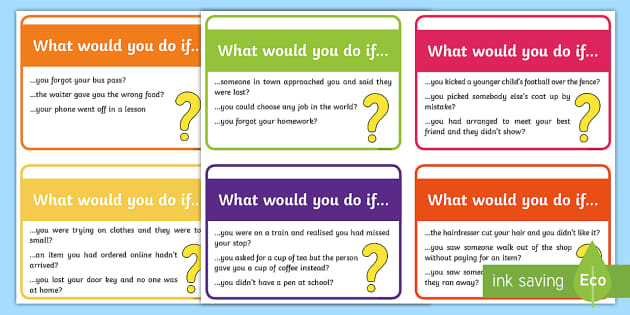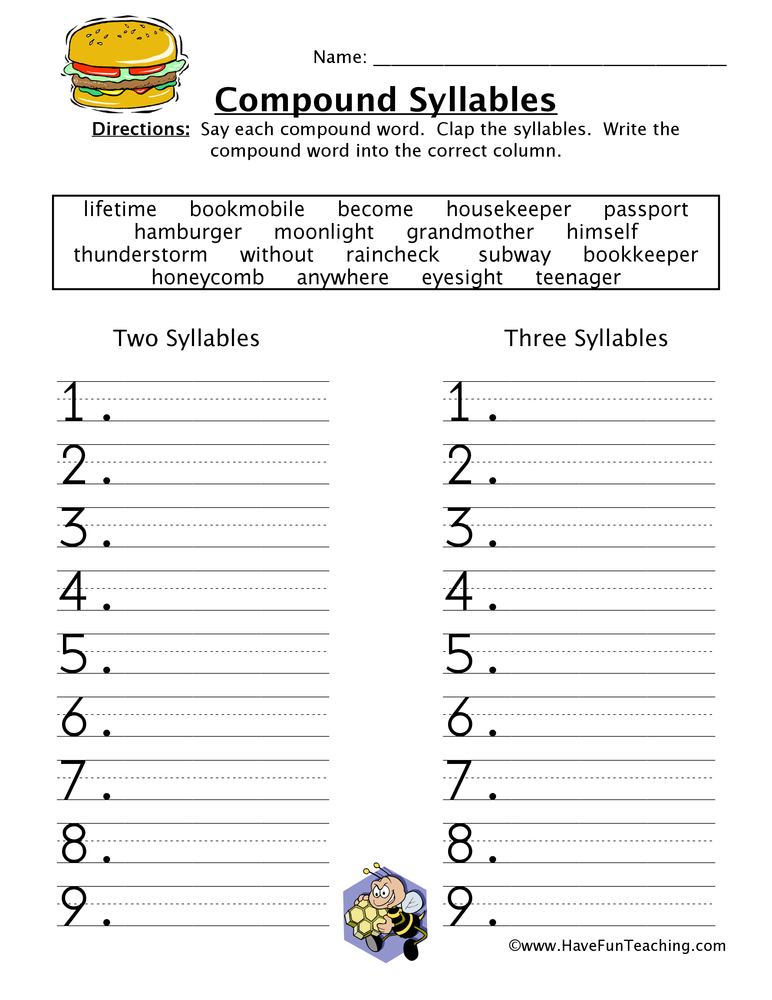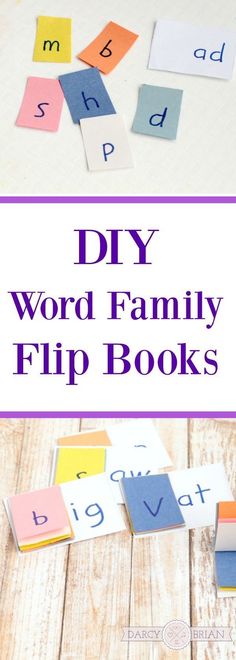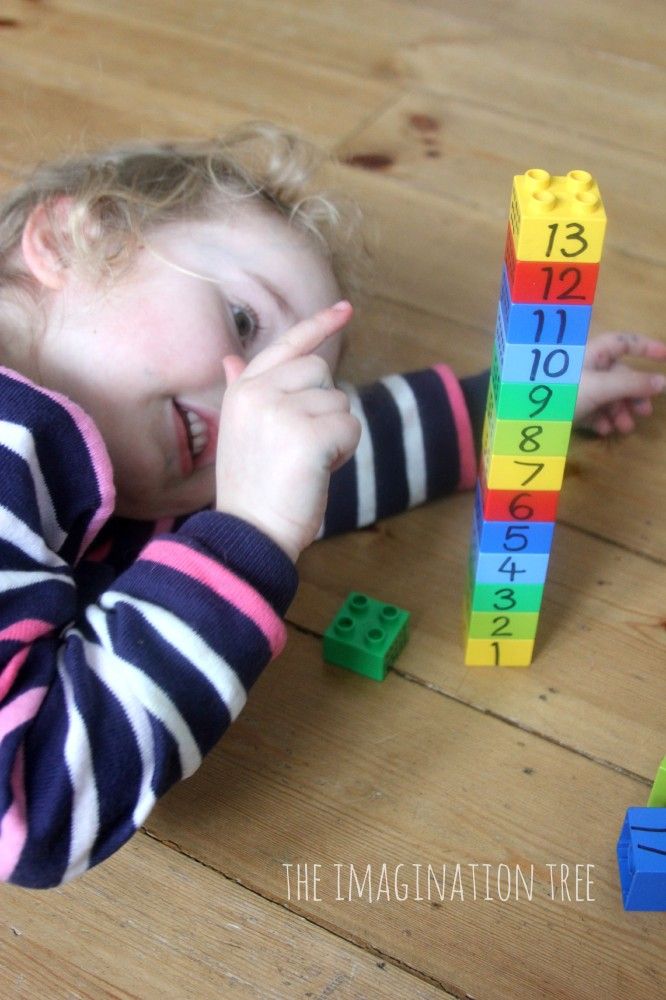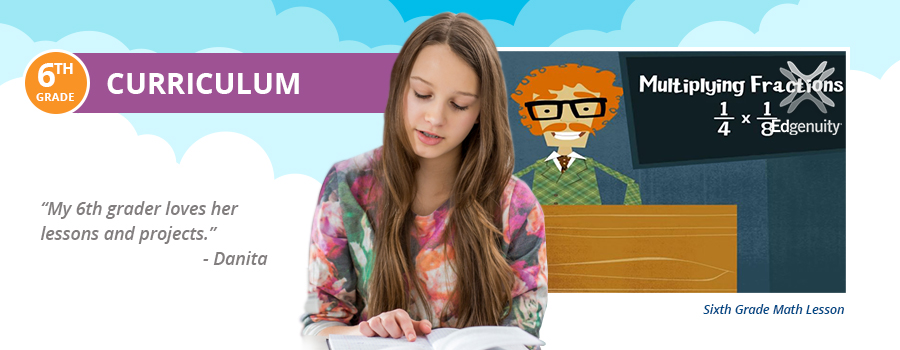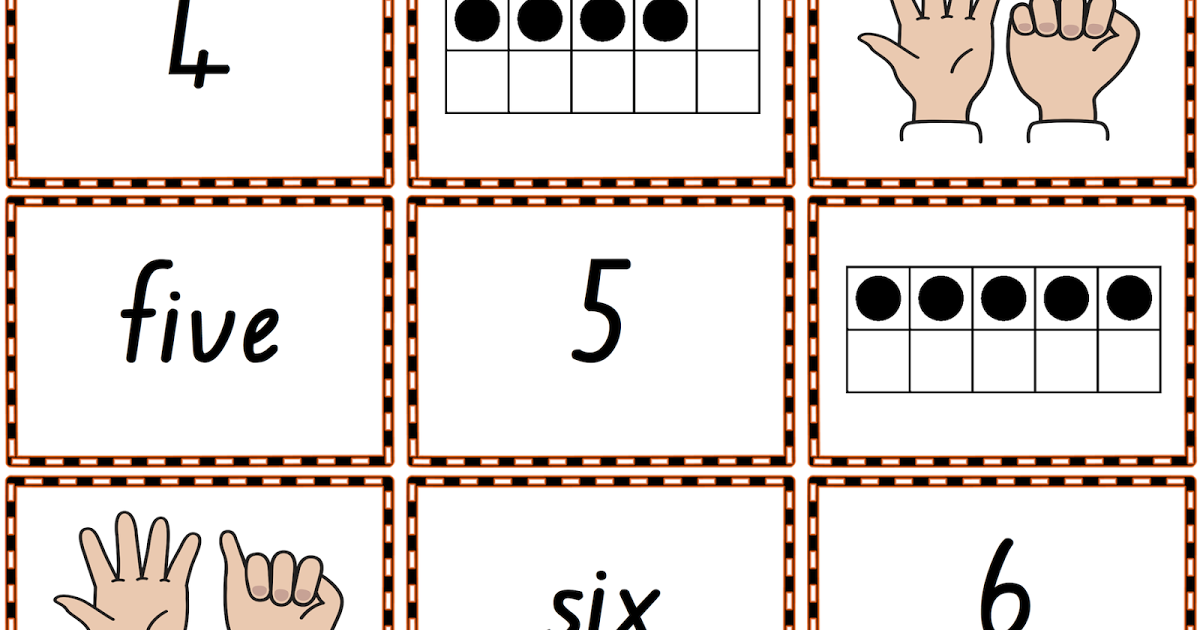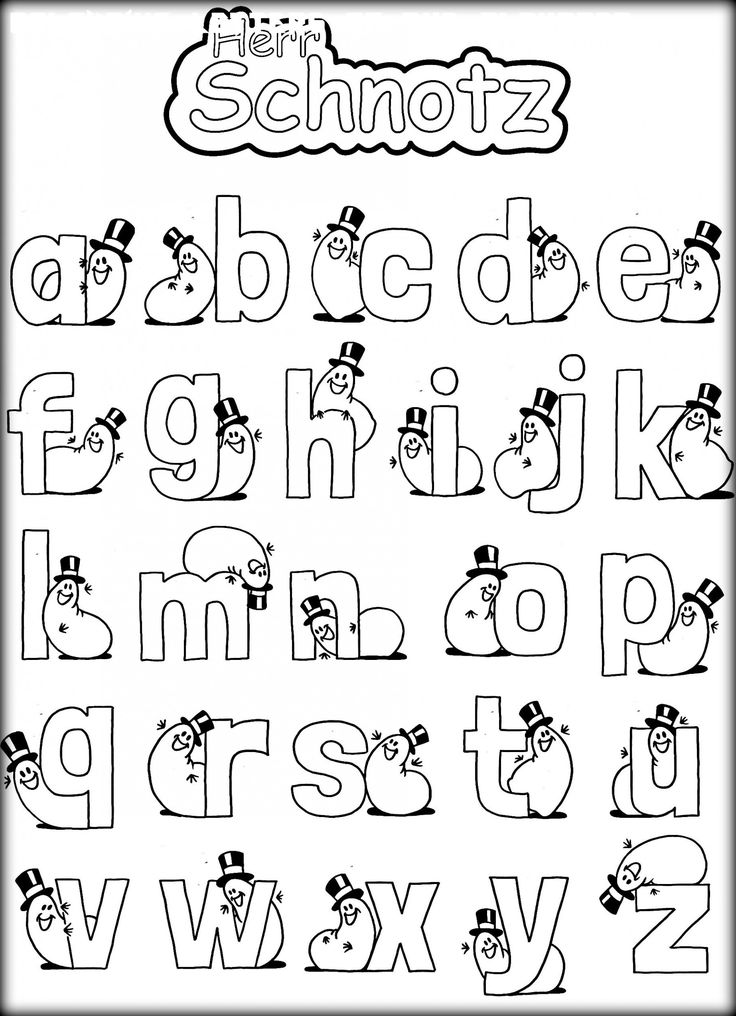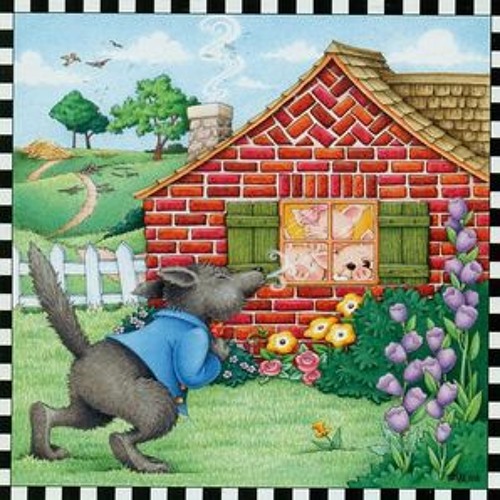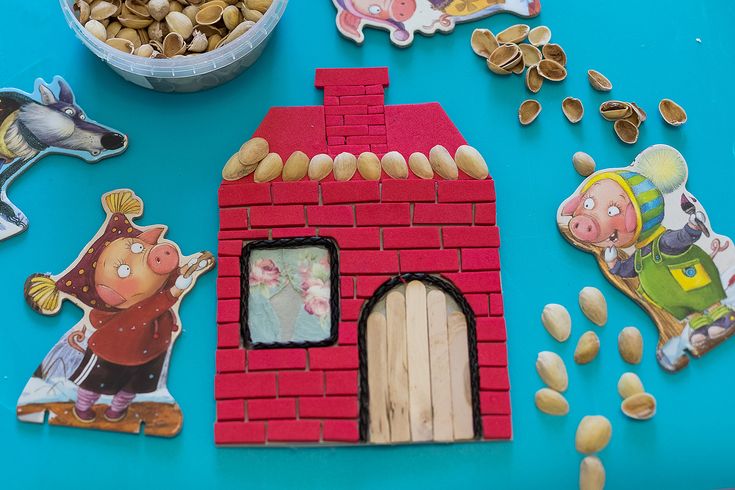When should kids know abc
At What Age Should a Child Know the Alphabet?
As children grow, they naturally hit learning milestones. One of the most critical educational milestones a child must reach is learning the alphabet, which prepares them for reading and writing.
But at what age should a child know the alphabet?
In this article, you will learn at what age a child should know how to recite the alphabet, recognize and write individual letters, learn letter sounds, and eventually learn how to read. Read on to make sure your little one is on the right track!
At What Age Should a Child Know the Alphabet?
Recitation
Typically, by the age of three, children should be able to recite the alphabet. However, every child is different. Some toddlers may learn in their twos, and others might not pick it up until the late threes.
Children generally learn how to recite the alphabet through repetition. If you sing the ABC song to your kids often, they are more likely to pick it up quicker, just as they would any song.
Recognition
Most children can recognize letters between the ages of three and four. Most kids will recognize the letters in their name first.
For example, a boy named Jace will probably be able to remember what the letter “J” looks like as well as recognize most other letters in his name. Similar to alphabet recitation, use repetition to teach your children about recognizing individual letters. You may ask them, “What letter is that?” whenever you see an isolated letter.
Writing
By ages four to five, children will start writing letters. Children will learn to write the alphabet in preschool and kindergarten, but it may be beneficial to have your child practice writing his/her letters at home. Most children at this age know that written symbols represent messages and may be interested in writing on their own. One of the easiest ways children learn how to write letters is to begin tracing them.
Additionally, teaching your child how to write his/her name is an important step that will ultimately help them become familiar with writing the rest of the alphabet.
Sounds
By five years old, children will start to associate letters with their accompanying sounds, otherwise known as phonics. In other words, around the age of five, children should be able to reason that the word “book” starts with the letter B.
Children begin learning phonics in kindergarten, which is a vital step to decoding written text and begin reading.
Reading
By six years old, first graders should be able to read words aloud with ease. For the most part, children can recognize sight words and their names. Moreover, children can decode some words by sounding out their letter combinations.
By second grade, a child should be able to sound-out a simple book. By the third grade, your child should be able to read independently and fluently. By this point, your child should be a master of the alphabet and is ready to master the art of reading!
What If Your Child Isn’t Learning at the Rate S/He Should?
It’s important to remember that every child is different and may learn at a different rate. If your child isn’t learning the alphabet at the pace s/he should, one reason may be because s/he isn’t interested or is simply undergoing a minor setback.
If your child isn’t learning the alphabet at the pace s/he should, one reason may be because s/he isn’t interested or is simply undergoing a minor setback.
However, if your child is falling severely behind, it’s important to find out if your child truly has a problem learning or if it is nothing to worry about. Therefore, work one-on-one with your child to determine if there is a problem. For example, practice reading and writing with your child. If s/he is having a hard time comprehending the instruction or if it’s taking him/her an abnormally long time to do the task, consider talking with your child’s teacher about it.
In the end, if you suspect your child might have a reading or learning disability, discuss it with a doctor. If your child is truly suffering from a reading disability, it can cause him/her to fall behind in his/her education. The sooner you seek help, the sooner you will be able to find a solution that works for your precious little one!
Learn the Alphabet at a Top-Tier School!
So at what age should a child know the alphabet? Learning the alphabet is an ongoing process.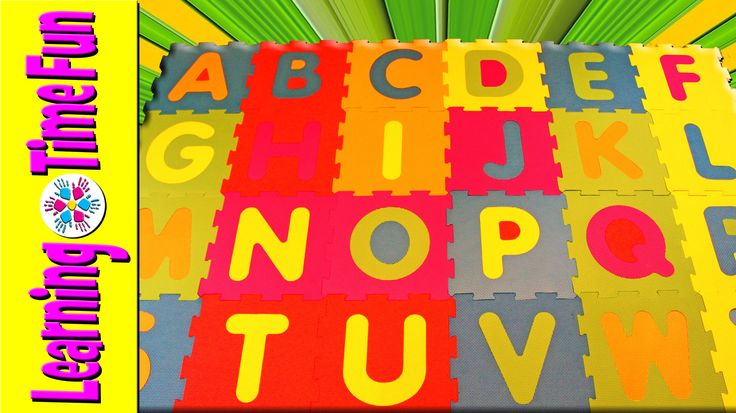 That being said, it’s crucial to enroll your little one in a school that will not only teach him/her but also helps develop in him/her a love of learning.
That being said, it’s crucial to enroll your little one in a school that will not only teach him/her but also helps develop in him/her a love of learning.
Smaller Scholars Montessori Academy helps children become more confident, creative, and independent through the acclaimed Montessori experience. You can enroll your child in the toddler program, which is for kids between the ages of eighteen months and three years, or in the primary program, for children between three and six years. In both programs, children have a rich classroom environment in which they are encouraged to explore, learn, and thrive. Then, as children grow older, they can explore the elementary program for kids up to twelve years old.
What are you waiting for? Ensure your child learns the alphabet and how to read by enrolling your child in Smaller Scholars Montessori Academy! Contact them to learn more.
Stop Worrying about Teaching Your Toddler the ABCs
“My 3-year-old doesn’t know her ABCs and isn’t really interested.I’m so worried. We are struggling!”
That’s a big concern that I hear from toddler and preschool parents on a daily basis. The push to get kids learning their ABCs earlier and earlier is more prevalent than ever… but it shouldn’t be.
Here’s my answer for parents struggling to teach young children their letters.
Immediately stop worrying about your toddler or preschooler and their ABCs. Put the brakes on all this worry. I beg of you.
Before you X out of my website because I sound like a crazy lady saying EXACTLY the opposite of everything you’re hearing from friends and seeing on Facebook… hear me out for a few more lines.
First: let’s take the bloom off the ABCs rose
Learning the ABCs is just not that big of a deal and it’s nothing special.GASP.
It really isn’t and I’m going to prove this. When all is said and done, learning the ABCs is just memorizing.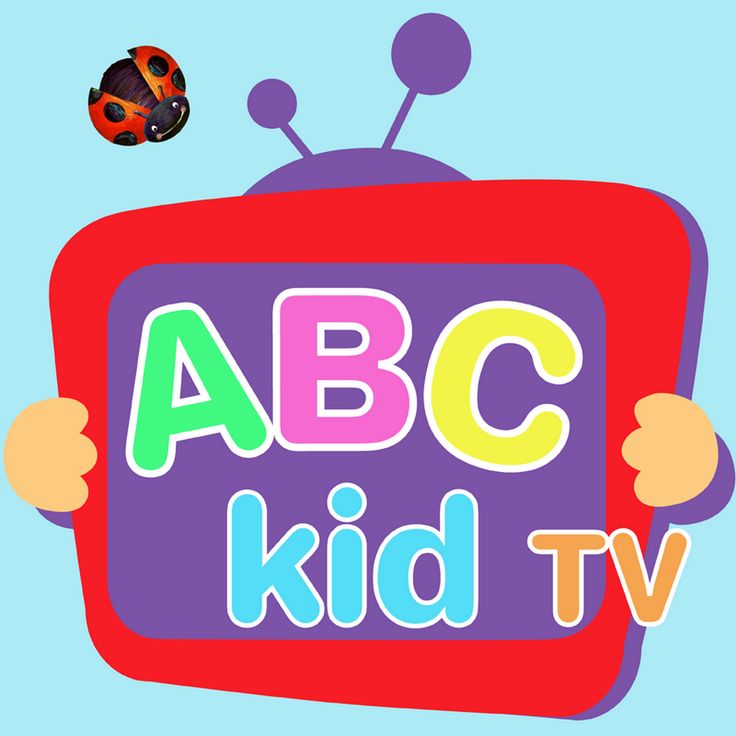
It’s no different than memorizing colors, or shapes, or construction vehicles, or animal names, but for some reason we have put this ONE MEMORIZED SKILL on a pedestal and we use it as THE measurement to judge early childhood learning against.
Parents have been fed the idea that remembering a particular set of symbols is a massive developmental milestone in early childhood when frankly, it’s not.
There are a lot more important skills than learning the ABCs.Unless there are other underlying conditions or learning disabilities present, it just doesn’t matter how early or “late” kids learn the ABCs.
Early childhood is for learning important skills –social skills, life skills – not just memorizing some symbols. Eventually they will memorize these symbols, and it’ll be a really exciting day.
But it’ll be when their brain is ready, when they are interested, and it’ll just “click”.
What we need to put the brakes on is worrying ourselves sick because a young toddler or preschooler doesn’t seem interested.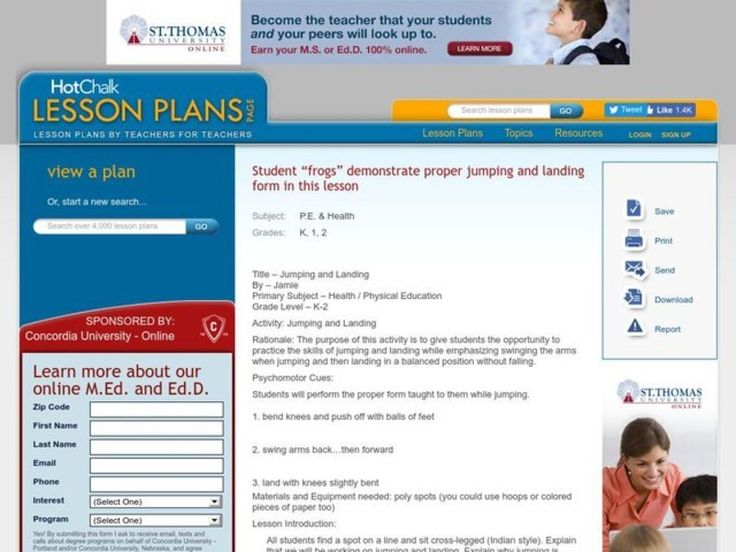 And then the subsequent pressure being put on these kids to master a skill that’s really not that important (yet).
And then the subsequent pressure being put on these kids to master a skill that’s really not that important (yet).
Again, all it is memorizing symbols. To be honest, it’s really kind of a boring skill. We parents have literally picked the most boring skill to hang our learning hats on.
WE NEED TO CHANGE THAT.
Let’s start with developmentally…Kids learn the ABCs on a broad spectrum from age 2 to 6 years old (kindergarten aged). Think of how big that range is!
This isn’t a small developmental window like “rolling over” or “sitting up”, which most kids meet in a matter of weeks or months from one to the next – this is a giant canyon of time. Your child is going to fall somewhere in that range and it doesn’t matter where.
Kids develop at different rates – you know that!Learning letters is simply a skill that our kids will learn as they are developmentally ready.
It would be crazy to try and force a six-month-old to walk or an 18-month-old to ride a two-wheeled pedal bike.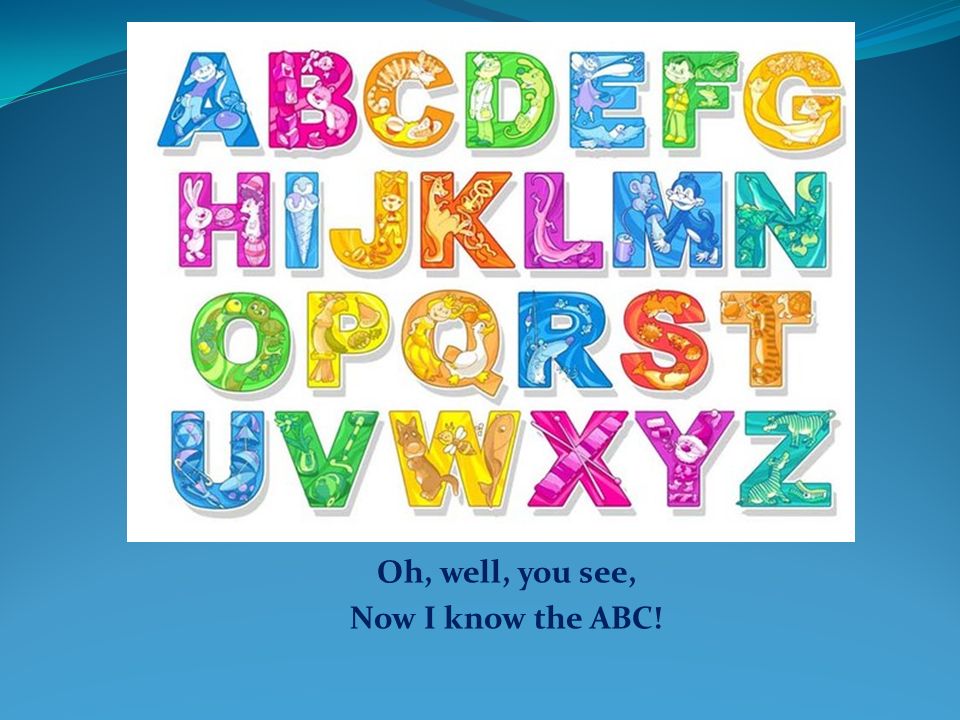 We wouldn’t do that! We know better.
We wouldn’t do that! We know better.
We know that developmentally a six-month-old isn’t ready to walk, and an 18-month-old has a lot of other motor skills and maturity to build before they’re ready to pedal a two-wheeled bike. We respect the child’s growth and development.
Treat academics in early childhood the same way.Somehow, we more naturally value motor skill development. We understand it intrinsically and deeply. We can “see” these skills unfolding and growing.
We need to remember that intellectual and academic skills are SKILLS too, just like motor skills. And we need to start valuing them and honoring them in the same way.
You can’t make their motor skills develop earlier and you can’t make their brains develop earlier either.
It has been well documented and studied that children have followed the same basic path of milestones and development over the last 100 years, but only in recent years have we begun to change our expectations and attempted to hurry children’s academic growth.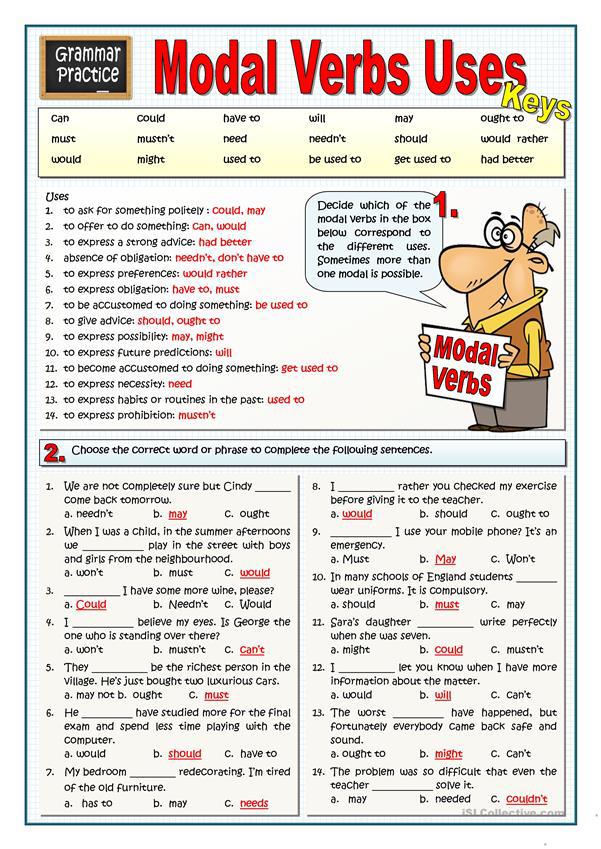
Let them develop on their schedule… not someone else’s“Teaching academic tasks to children at earlier ages will not result in greater learning for the vast majority of children, due to the developmental trajectory of child development and individual differences among children.” (Guddemi, et al, 2014)
**remember that I’m speaking for toddlers and preschoolers: please talk to your child’s kindergarten or first grade teacher if you have concerns for ages 5-7**
We know that a child who walked at 10 months is no better at walking than the child who started at 15 months.
The same can be said of learning the ABCs.
It might not even matter WHEN they learn the ABCsArnold Gessell, one of the leaders in child development in the 20th century, noted in his work that by the end of third grade, things level out. Early readers don’t become better readers. Early academics don’t mean greater academic success.
His research noted that by the time kids are 9-10 years-old, you can no longer identify kids who learned these academic skills first.
As a former teacher, I personally know this to be true having seen it hundreds of times with other children.
Learning the ABCs early is not an indication of future academic success.
And WHEN your child memorizes them is NOT going to define them.
In fact, being forced into overly academic situations too early can have long-lasting NEGATIVE effects on our kids. [There’s a lot to talk about on that subject – but if you’re curious, read the 2002 study “Moving Up Grades: Relationship Between Preschool Model and Later School Success.” ]
All this to say: STOP WORRYINGInstead, focus on all the amazing skills your child does have – skills that really matter. Celebrate those. Make sure those are the skills being learned in early childhood first.
Turn your efforts to the skills your toddler and preschooler really needs to learn:
- taking risks
- empathizing
- questioning
- learning to think and reason
- discovering how to problem solve
- imagining and creating
Play.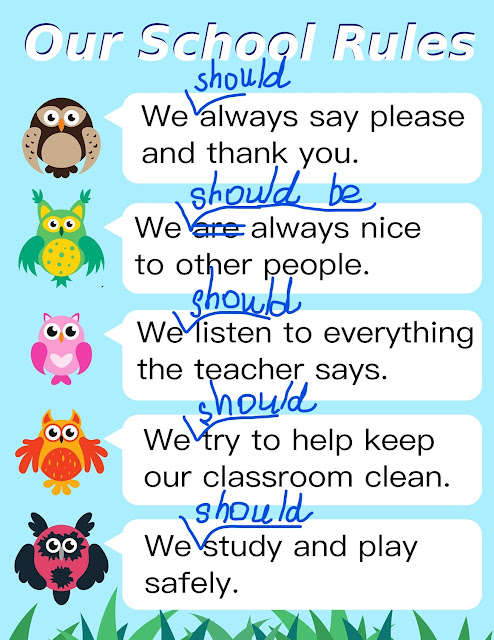 Independent play.
Independent play.
The more our kids play, the more these “real” skills develop. Skills they need to develop in early childhood.
Don’t overlook the biggest skill of all…Did you know self-control is one of the biggest indicators of future success? I’d much rather focus on teaching that skill than the ABCs.
RELATED: One of my favorite ways to teach self-control is through sensory bins.
Just so we are clear – Here is the non-stressful way to introduce the ABCsSince you’re reading this, I’m going to assume you are no longer stressed out about having your toddler or preschooler memorize their ABCs ASAP.
You are going to throw away the flashcards.
You are going to take a deep breath.
You know your child will pick this up at their own pace and that there’s way better skills to focus on in early childhood.
But maybe you are still wondering…
How can this skill develop naturally?Here’s how: You introduce letters in context, the same as you did with animal names and sounds.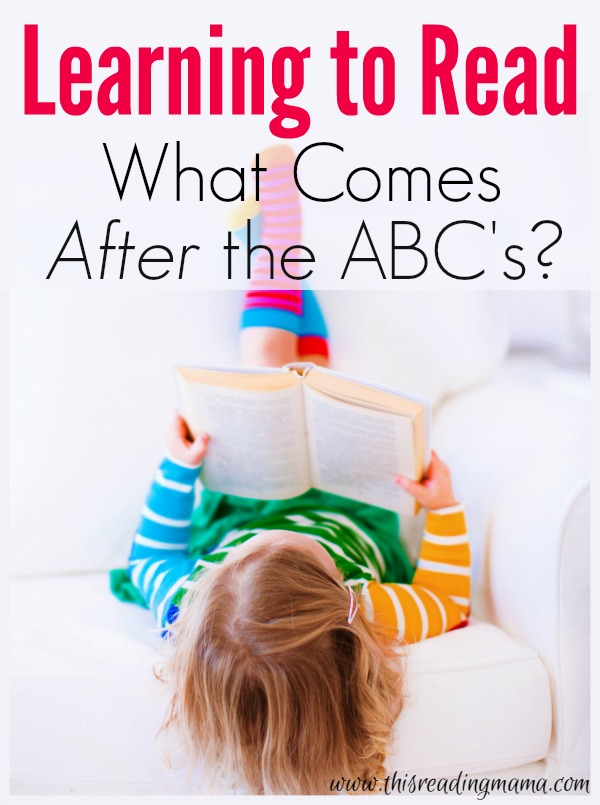 It’s exactly the same skill. Naming an object and the sound it makes.
It’s exactly the same skill. Naming an object and the sound it makes.
See how similar it is?
You certainly didn’t stress over that skill. You didn’t hover over your child or search the Internet for ways to make them memorize animal names and sounds faster.
Instead, you let it build naturally / organically over time.
You taught these names and sounds in context. You saw a cow and said, “That’s a cow. It says MOOOO!” Eventually, your child made the connection and picked it up.
Do the same with letters. When you see one say, “That’s an M. It says /mmmmm/.” One day, the connections will happen and they will memorize it.
No drill and kill.
Just exposure.
They’ll do it when they’re ready and when it interests themSome kids memorize dinosaur names.
Some kids memorize construction trucks.
Some kids memorize every Disney princess.
Some kids memorize the ABCs.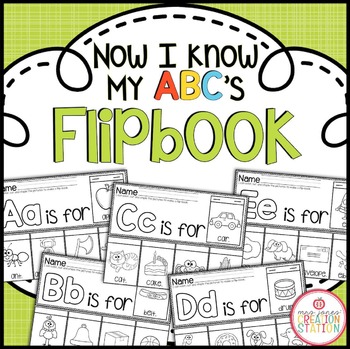
This doesn’t make one kid better than the next and it certainly isn’t an indicator of their future academic success.
Instead: focus on the skills your child does have (the really important ones) and the things your child does love.
Look at all the ways they are learning and growing – and in much more complex ways than just memorizing something.
At the end of the day… ask yourself two questions: when did YOU learn the ABCs? And when was the last time someone asked you that?
(And just like you’re struggling to remember right now or thinking of calling your mom for the answer… that’ll be your kid in 30 years.)
SOME FAQsCan you still own ABC toys and books? Yes! And you should. It’s like owning farm animals and barn books. We want to immerse our kids in all kinds of learning opportunities and surround them with literacy. This will help build up their familiarity with letters, peak their interest, and make learning letters (someday) not such a random, out-of-no-where concept.
When did your kids learn the ABCs? I have three very different kids. I had one pick up letters from books and toys, and knew all the letter names at 22-months-old. I have another child who started picking up letters around 24-months-old, but finally had them fully memorized closer to 3.5 years old. My youngest is currently 28-months-old and can identify 3 letters. Letters do not interest him, and his focus is elsewhere in the world. I have no concerns for his future.
When do you know there is a problem beyond typical ABC development? Talk to your child’s doctor or teacher if you have any real concerns about letters & academic skills. Kindergarten teachers will be more than happy to sit and talk with you about rates of growth and any discrepancies they see in your child’s learning (example: being in the 90th percentile in math vs the 12th in reading is considered a discrepancy in skills).
ABC Data Collection ~ Autism | ABA
01:37 unknown No comments
The collection of ABC data is an important part of behavioral analysis, training, assessment and intervention.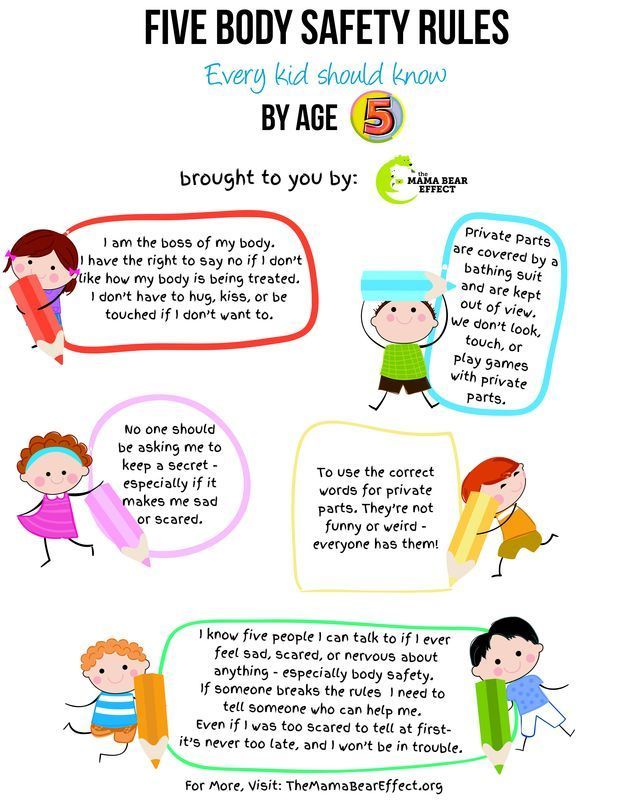
A = Antecedent = Antecedent
B = Behavior = Behavior
C = Consequence = Consequence
Antecedent is the stimulus that immediately precedes the behavior. It may be a requirement, an instruction, an environmental stimulus, or some internal factor.
Behavior (Behavior) is the target reaction, that is, the behavior that we are interested in. Typically, a behavior is defined by its topography (what it looks like).
Consequence is the immediate result of the behavior, that is, what immediately follows it.
ABC data collection is essentially a descriptive assessment. This does not tell us the causes of the behavior, but it does provide a hypothesis that suggests when, where, and under what conditions the behavior is more or less likely to occur. This is essential information in the design of therapy and intervention programs.
Often ABC data is collected when a new behavior occurs. This is an initial attempt to understand when, where, and possibly why this behavior occurs .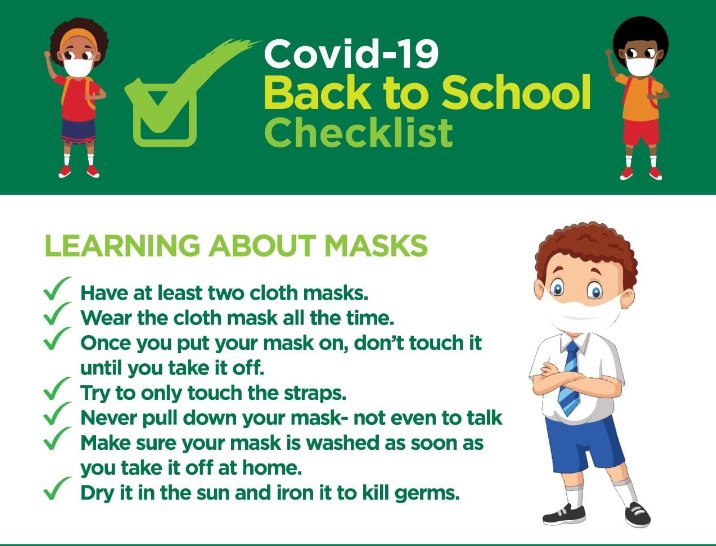
Now let's watch a video in which the child receives a task to complete. Please try to write down data about the possible antecedents, the behavior itself and its consequences that are shown.
If you want to collect ABC data, make sure you have a pen and a spreadsheet handy to record this data.
Pay attention to the instruction given to the child: the instructor lays out cards with letters in front of him and informs that they will now work on the letters. This is a prior factor. The behavior in question here is the child's response "No!" dropping cards on the floor. The child is then allowed to avoid the task. This instructor response is not correct, and was done intentionally to demonstrate the essence of the ABC data collection process.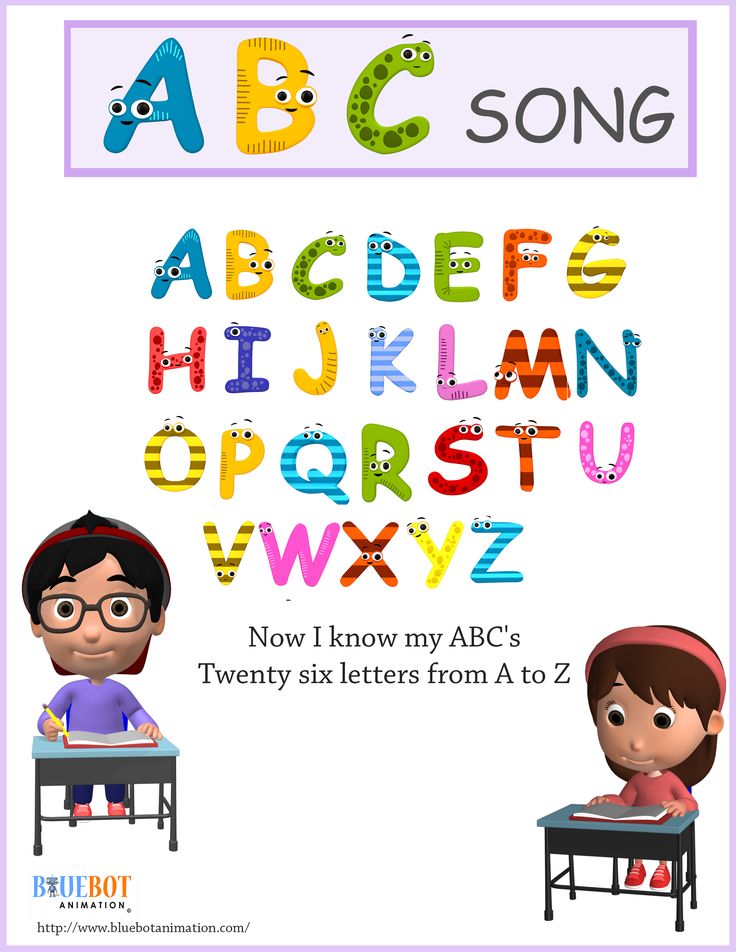 In this case, the consequence of the behavior is that the instructor gives the child a windmill.
In this case, the consequence of the behavior is that the instructor gives the child a windmill.
In the next scenario, the antecedent factor is again the presentation of the task to the child on which he will work. We again record the same behavior of the child: he says “No!” and discards the cards from the table. However, the consequence in this case is that the instructor says, “We need to practice. We must collect them."
In the third scenario, the preceding factor remains the same - cards are laid out in front of the child and instructions are given. This time, the behavior is that the child responds correctly to the instructions by answering the instructor's questions. And the next factor will be providing the child with an amplifier, which is a turntable and verbal praise. However, in the latter case, the child's behavior was "positive". As a rule, ABC data collection is used to track the "negative" behavior of the child, or the behavior that needs to be reduced. However, "positive" behavior can also be observed using the ABC method.
However, "positive" behavior can also be observed using the ABC method.
Strategies for success.
• Behavior measurability . The target behavior must be measurable . ABC data tracks obvious and unhidden, visible behavior. As a rule, the purpose of collecting ABC data is some specific behavior. Therefore, it is very important to have a clear and specific description of it, so that other people can also observe this behavior.
• Objectivity of antecedents and consequences. It is very important to remain objective while describing and recording antecedents and consequences. Antecedent factors should be considered those factors that immediately precede the behavior, and they should also be observable: that is, references to how the child may have felt or thought are not allowed. These are subjective assumptions and should be avoided. Consequences should also be clear and objective. If a behavior is followed by a negative comment, it should be recorded as such.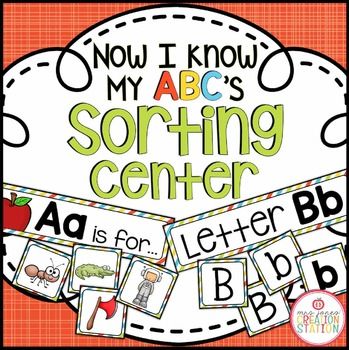 However, claiming that a behavior was followed by a "rude" or "naughty" statement is also subjective and should be avoided.
However, claiming that a behavior was followed by a "rude" or "naughty" statement is also subjective and should be avoided.
• Do not confuse the antecedent factor (ie, the event that occurred just before the occurrence of the target behavior) and other environmental factors that may or may not influence the behavior and occur minutes or hours before the episode of the target behavior. Such factors may influence the child's response in some way, but they cannot be listed as antecedent factors.
• Correlation and causation. ABC analysis, as a type of descriptive evaluation of behavior, gives us the most important information about under what circumstances behavior can occur with greater or lesser probability, that is, it determines a correlation , however, does not always give an answer to the question of what causes this behavior. To determine the cause of the behavior, environmental factors must be manipulated and the ABC data is only observational data.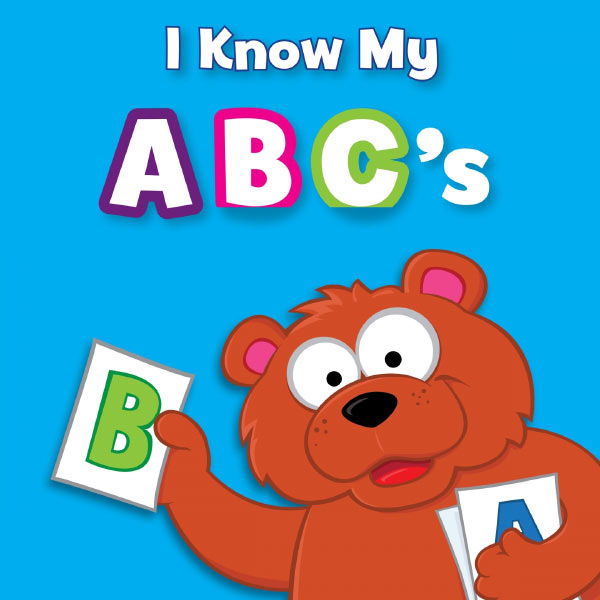
Source: http://www.youtube.com/watch?v=c66KoeifoLI&list=PL8C9E76E724BC0D6D&index=17&feature=plpp_video
Posted in: ABA Therapy
Next Previous Main page
How to learn the alphabet with a child. Learning letters together
Letters are all around us. Signs, announcements, books and magazines - all this the child sees from a very early age. But it doesn’t immediately become clear that these “squiggles” are not just incomprehensible meaningless icons, but a way to convey information in the form of text. Therefore, with the study of the alphabet, a completely new world opens up for the baby, in which letters are folded into syllables, and syllables into words that can be read and later written. In our article, we will tell you when to start learning the alphabet, how to make the process interesting for a child, and what methods are best for children of different ages.
Why learn the alphabet?
It seems that the answer to this question is quite obvious - that the child could read.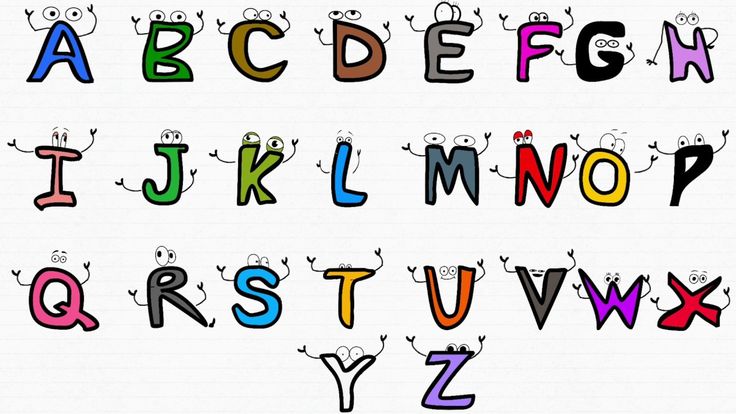 However, it's worth digging a little deeper. Often, parents do not fully realize what caused their desire for the child to quickly master the letters. If the kid is already 5-6 years old, and the first grade is just around the corner, then the desire to learn the basics so that further study is easier, understandable and logical. Or maybe your child is only three years old, but you want him to show off his knowledge at a family evening? Or do all the acquaintances vying with each other say that their children have not only learned the alphabet, but also read freely? Give yourself an honest answer to these questions, and consider whether it is necessary to postpone training until a more appropriate moment.
However, it's worth digging a little deeper. Often, parents do not fully realize what caused their desire for the child to quickly master the letters. If the kid is already 5-6 years old, and the first grade is just around the corner, then the desire to learn the basics so that further study is easier, understandable and logical. Or maybe your child is only three years old, but you want him to show off his knowledge at a family evening? Or do all the acquaintances vying with each other say that their children have not only learned the alphabet, but also read freely? Give yourself an honest answer to these questions, and consider whether it is necessary to postpone training until a more appropriate moment.
The most important thing is whether your child is ready. Curiosity, interest in new things, the ability to memorize previously unknown information are all signs that you can start learning the alphabet. But you should always remember that there is no point in teaching against the child’s desire, all classes should be held in an unobtrusive playful way.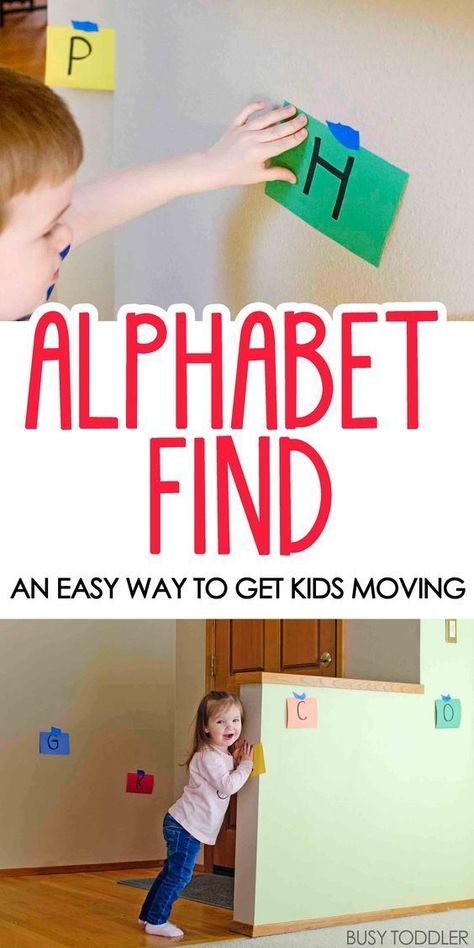 Questions “how to read?”, “What kind of letter?” Are pouring in on you, the baby is interested in not only pictures in books, but also captions to them, or are you going to school soon? Well, then feel free to start your acquaintance with the alphabet.
Questions “how to read?”, “What kind of letter?” Are pouring in on you, the baby is interested in not only pictures in books, but also captions to them, or are you going to school soon? Well, then feel free to start your acquaintance with the alphabet.
Basic tips for learning the alphabet with a child
The alphabet is not just a certain sequence of letters. This is the foundation from which the child's learning to read begins. Therefore, it is important to understand that simply learning the alphabet as a rhyme or a counting rhyme is possible, but practically useless if there is no practical application of the information received. If you do not start trying to teach your child to read immediately, but after a long break, there is a high probability that your baby will simply forget the letters by this point, and you will have to start all over again.
There are a few general rules to follow when you start learning the alphabet with children:
1.
 Learn sounds, not letters means may not match. For a small child, on the contrary, such a concept may be too complicated. Do not confuse the baby, he will eventually learn that the letters are called “be”, “el” or even “and short”, better demonstrate what sounds are indicated by the corresponding signs - “b”, “l”, “y”, give examples of words with these sounds. In this way, the child, with less effort, will be able to understand how syllables are read, and later whole words.
Learn sounds, not letters means may not match. For a small child, on the contrary, such a concept may be too complicated. Do not confuse the baby, he will eventually learn that the letters are called “be”, “el” or even “and short”, better demonstrate what sounds are indicated by the corresponding signs - “b”, “l”, “y”, give examples of words with these sounds. In this way, the child, with less effort, will be able to understand how syllables are read, and later whole words. 2. Do not learn the alphabet in order
Memorizing a clear sequence is, of course, useful for the development of a child's memory, but it does not make it obvious to him what he actually learned and why. If, however, the alphabet is disassembled gradually, according to a clear and logical system, without overloading the child's perception excessively, there will be much more benefit, since knowledge will not be superficial, but based on a deeper understanding of the structure of the language.
3.
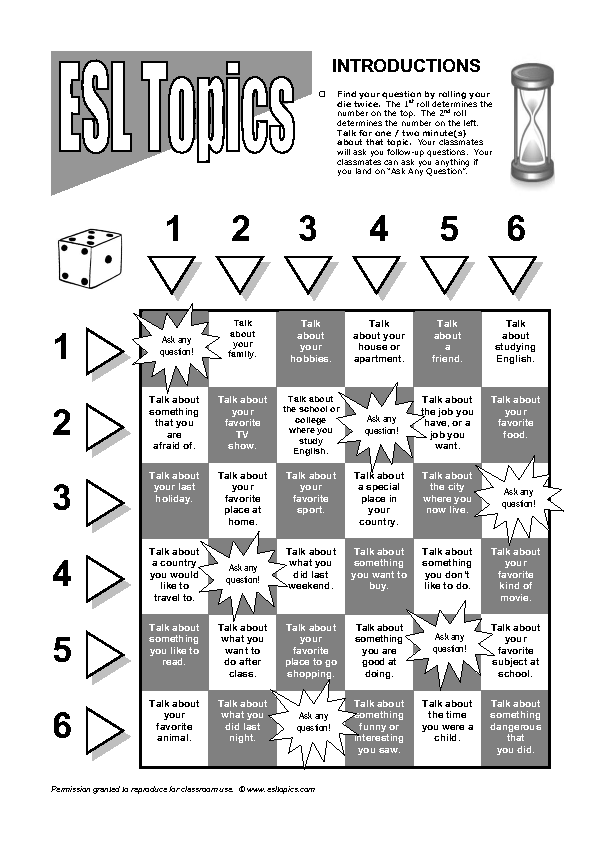 Do not mix vowels and consonants
Do not mix vowels and consonants Learning letters mixed up is no less a mistake than memorizing the alphabet strictly in order. Vowels and consonants must be studied separately, otherwise the child will be completely confused. Always remember that things that seem clear and simple to us, small children learn for the first time, so even the main sign by which sounds are divided (vowel-consonant) is not immediately comprehended. The situation when the studied letters do not have any common feature is confusing and slows down the assimilation of the material.
4. Vowels first
There are only 10 vowels in the Russian alphabet, so the child will have to memorize a little at first. In addition, vowels require only a long “singing” and slight changes in the articulation of the lips, neither the tongue nor the teeth need to be connected, so it will be easier for the baby to understand how the written sign correlates with the sound being pronounced. When all the vowels are firmly learned, it will be possible to add consonants.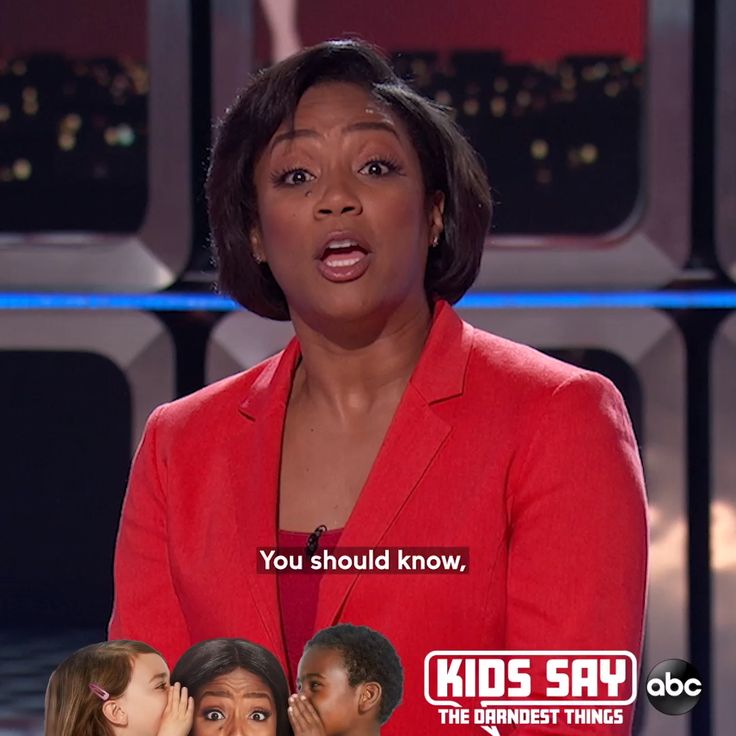
5. Don't force learning
Of course, you really want your child to learn all the letters and start reading as soon as possible, but you still shouldn't rush. Learn one or two letters, repeat what you have learned more often, do not move on to a new one without waiting for the consolidation of what has already been studied. Start with very simple and clear things. Show the young student the letter "A", tell how it is pronounced, what it looks like, what words begin with it. Fold it together with the baby from sticks, draw or mold it from plasticine - tactile sensations will help the child better remember the image of the letter and associate it with sound. Apply theory to practice, for example, ask while walking to look for the letter "A" on signs, in advertisements, and so on. Only when the child has learned the letter and the corresponding sound, proceed to the next, all the same one at a time, methodically and slowly.
Age-appropriate alphabet learning
3-4 years old
If you think your child is ready to learn letters at 3 years old, then here are some tips and tricks to help you achieve great results.
First of all, in no case do not force or coerce the child into classes, they should take place exclusively at the request of the child, in a fun way, and end as soon as you see signs of fatigue and weakening of concentration. The optimal lesson time for a three-year-old is 5-7 minutes.
Do not set a goal to learn the entire alphabet in a short time, it is at best pointless, and in some cases it can even be harmful - up to a certain point the child's brain may simply not be ready for this or that knowledge. Do not try to outwit nature, at three years old your task is more to interest, captivate the child, show him the basics.
Do not overload your child with a lot of information - let your “lessons” take place no more than twice a week, and take the rest of the time to consolidate and repeat the studied material. At the same time, the regularity of classes is very important, conducting them from time to time is not the best idea, the child will get confused and forget what you went through with him.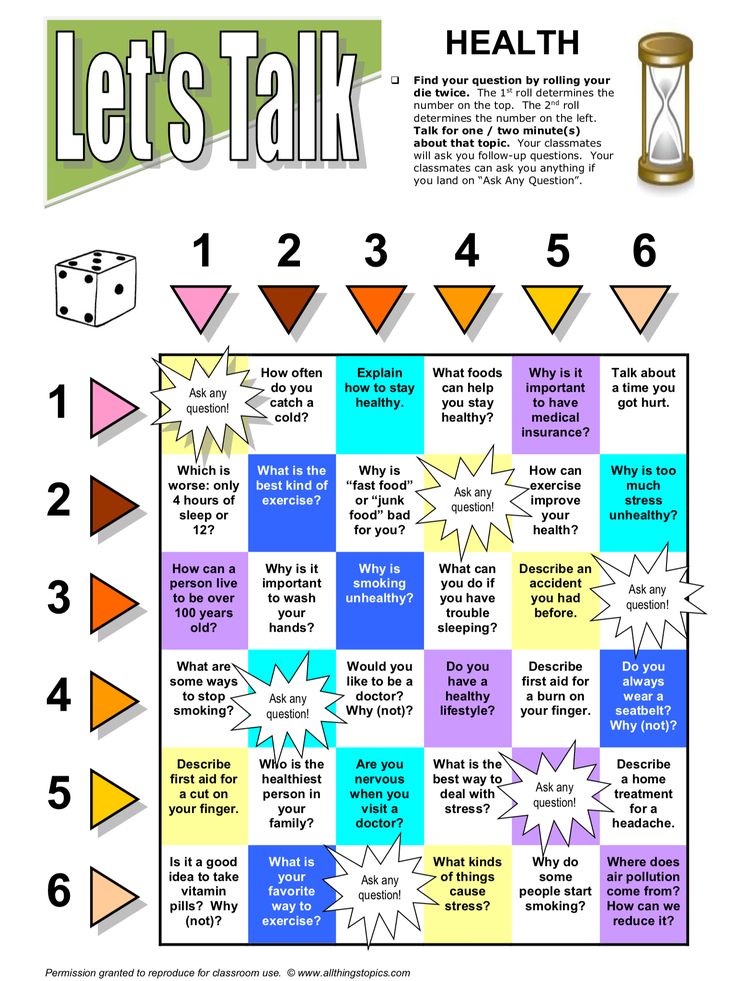
Start with vowels. Move on to consonants only when you are sure that the child has firmly learned all 10 vowels and brought the skill to automatism. Vowels are best taught in pairs: A - Z, O - E, U - Yu, E - E, S - I. So it will be easier for the baby to remember. Later, this will also help with the assimilation of the principle of hardness-softness of consonants.
Use books with bright, large pictures. Closer to the age of four, the child will also be interested in blocks with letters, coloring books and stickers, posters with and without voice acting; but be careful with the posters - remember that we need to learn the sounds, not the names of the letters, so look for posters that pronounce exactly the sounds. Magnetic letters will also help - they can be placed on a magnetic board or simply on the refrigerator. You can learn rhymes and songs with the mention of the sounds that you are studying, play with letters cut out of paper.
Let the child represent the letter in different ways - by drawing, modeling with plasticine, folding with sticks or drawing lines in the sand or grits.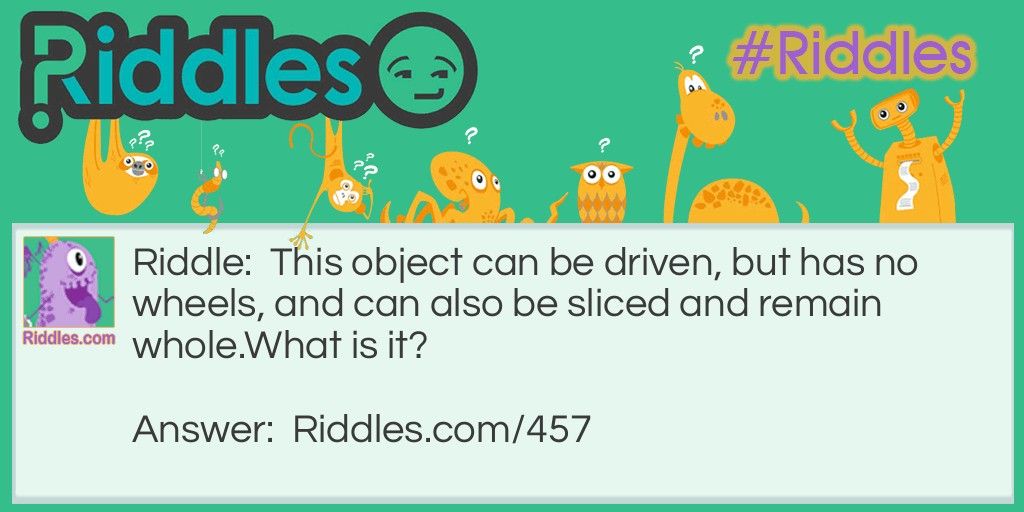 Such activities are also useful for fine motor skills, and this is a very important skill for the baby, which affects, among other things, the development of speech.
Such activities are also useful for fine motor skills, and this is a very important skill for the baby, which affects, among other things, the development of speech.
There are more consonants in the Russian language, so it will take a longer time to study them, and if you consider that most consonants have both hard and soft variants, the task becomes even more complicated. But with the right approach, there should not be any particular difficulties. If the child has already mastered all the vowels and understands the difference between, for example, “A” and “I”, then it will not be difficult for him with your help to figure out how “ma” and “me” differ. You can make a table where such pairs of syllables will be shown clearly. The main thing is to always clearly pronounce the sound yourself and achieve the same pronunciation in the child. Correct articulation is the key to both good diction and correct reading in the future.
5-6 years old
For all our commitment to early development, many experts agree that the optimal age for learning the alphabet is 5-6 years old. The child will soon go to school, which means that his brain is already quite ready to memorize all the letters and gradually learn to read. At this age, it is especially important that your preschooler speaks clearly and correctly, so pay maximum attention to his speech, whether all sounds are pronounced without problems, whether some of them need to be corrected independently or with the help of a speech therapist.
The child will soon go to school, which means that his brain is already quite ready to memorize all the letters and gradually learn to read. At this age, it is especially important that your preschooler speaks clearly and correctly, so pay maximum attention to his speech, whether all sounds are pronounced without problems, whether some of them need to be corrected independently or with the help of a speech therapist.
If at three years the emphasis is on the play component of classes, then by the age of 5-6 it can be slightly shifted towards the child's consciousness. Tell us about how great it will be to read books yourself, how knowledge of the alphabet will come in handy at school. Keep the elements of the game, use the same methods that are suitable for four-year-olds, but increase the lesson time, introduce more printed materials. You will need special recipes for preschoolers, books and manuals with creative tasks, various sets of cards.
Introduce your child to syllables.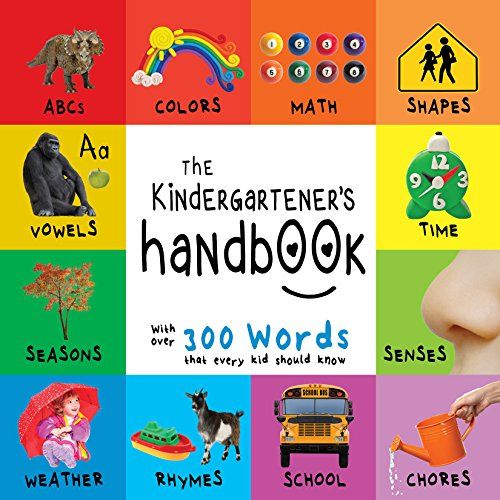 Use single letter flashcards to show how a syllable is built - for example, say that a consonant and a vowel run or are attracted to each other and demonstrate their convergence by saying the syllable at the same time. Later, use cards with a ready-made printed or hand-drawn syllable in the lessons. Do not forget about the regularity of classes and the constant repetition of the material covered.
Use single letter flashcards to show how a syllable is built - for example, say that a consonant and a vowel run or are attracted to each other and demonstrate their convergence by saying the syllable at the same time. Later, use cards with a ready-made printed or hand-drawn syllable in the lessons. Do not forget about the regularity of classes and the constant repetition of the material covered.
Primer learning
By the age of six, a good primer will be clear and easy to learn. For example, the “Primer” by N. Zhukova is considered one of the best, although for younger children it may seem boring - it focuses on learning without providing entertainment materials. But in this primer much attention is paid to speech therapy moments.
“My primer: a book for teaching preschoolers to read” N.V. Nishchevoi - a manual also with a speech therapy bias, but the author adheres to his own methodology for studying letters and sounds. The path from simple sounds to complex ones will help the child develop both reading skills and good articulation.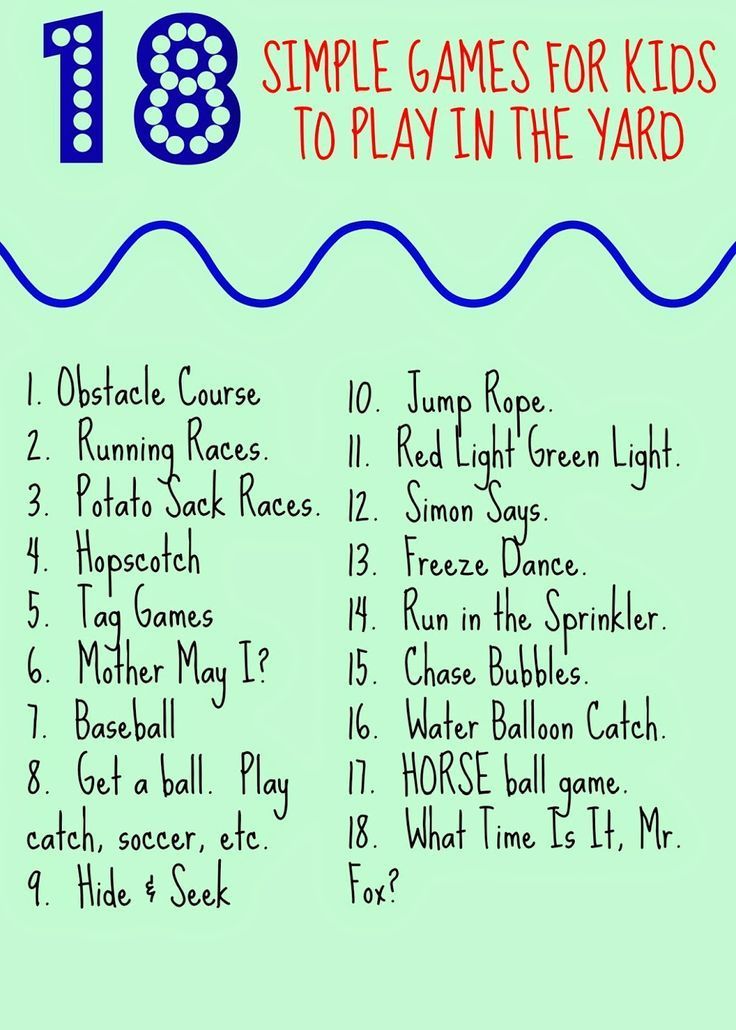
In order for a child to develop a love for reading from a very early age, VV Shakirova's Journey to the Sound Book is a good choice. There is more entertainment material here that will interest and captivate the child. In addition, Shakirova paid a lot of attention to the development of motivation, and this will definitely come in handy in the future, in the process of further study.
Games for learning the alphabet
In this section we will give examples of games that will make learning more interesting and at the same time more effective. Entertaining elements will not only diversify classes, but also provide a fairly wide field for applying the acquired knowledge in practice.
"Find the letter" . On a sheet of paper, arrange different letters in a random order. Let them be bright and large. You name the letter, and the child must find it and show it. A mobile version of this game is to hang sheets with large letters around the room, let the child find and tear off the desired sheet.
Memo . Prepare a set of cards, each letter must be represented in duplicate to get a certain number of pairs. Cards are laid out in several rows face down. Have the child turn over one card and name the sound that the letter on it represents. Then you need to find a pair for her by opening other cards. It didn’t work the first time - the cards are turned back face down and you have to look again. A pair was found - the player takes both cards for himself, and so on until the moment when all the cards run out.
“What letter does it begin with?” . Arrange several animals in a row - these can be drawings on paper, cards or small toys. Select the letters with which their names begin, and give them mixed to the child. The task is to correlate which letter refers to whom, and put it next to the desired animal.
"Collect the letter" . Draw a letter the size of the entire sheet of paper. Cut into several parts, let the kid assemble the resulting puzzle and name which letter is depicted on it.

